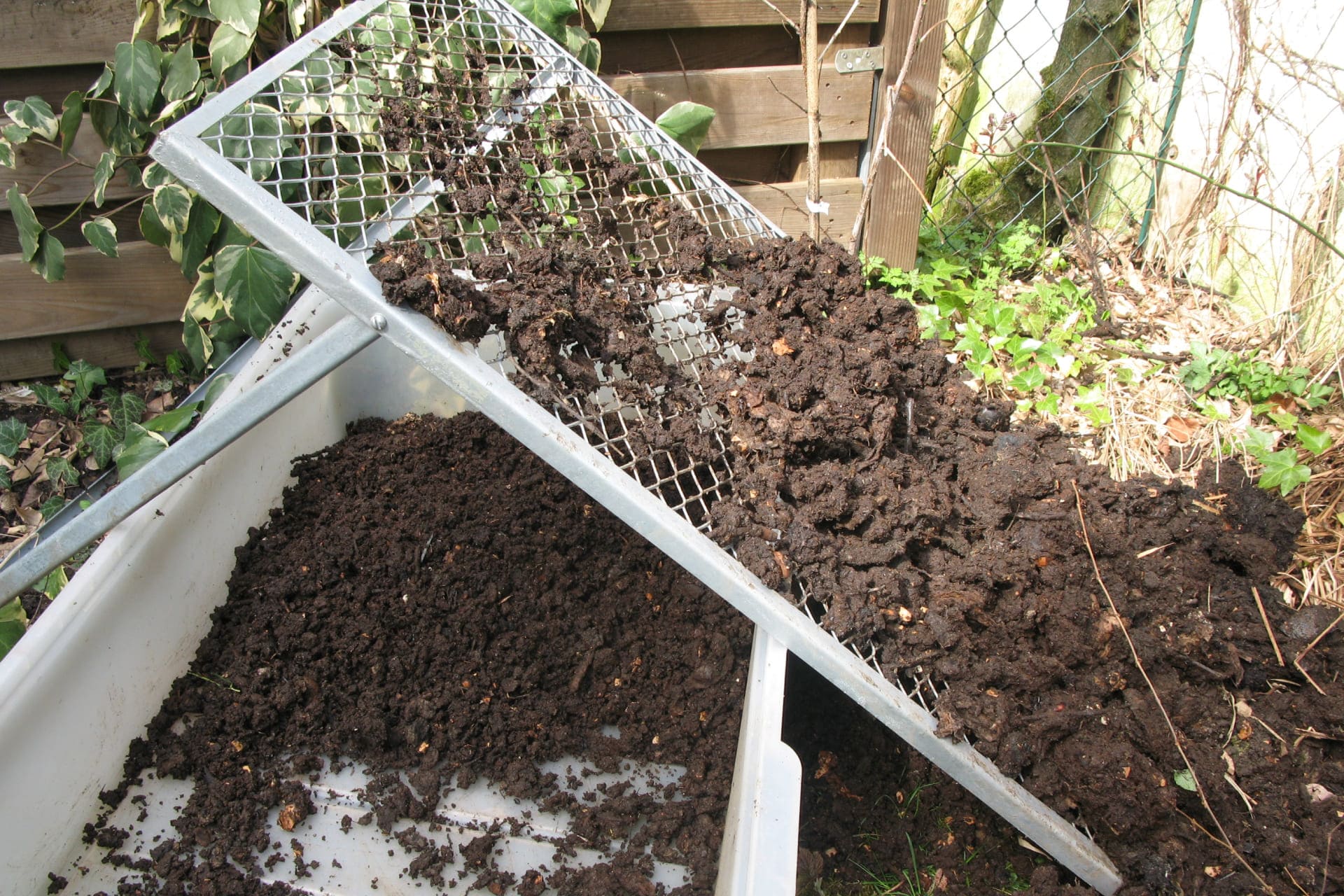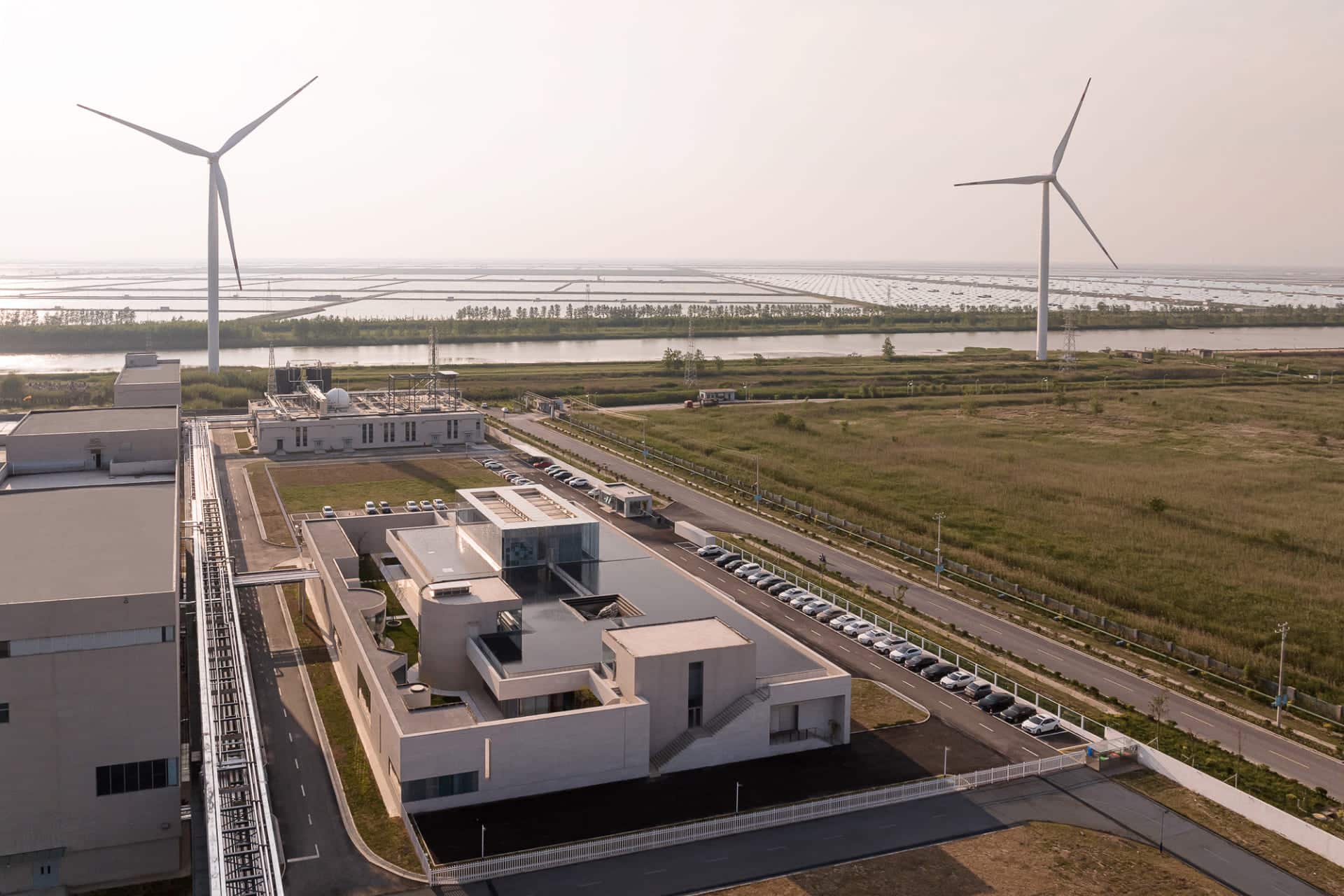The use of agricultural biomass for bioplastics and chemicals is pivotal in transitioning toward a more sustainable, circular, and climate-smart packaging economy. Biomass replaces fossil feedstocks, reduces greenhouse gas (GHG) emissions, and drives economic opportunities within the agricultural sector.
Bio-Based Feedstocks for Bioplastics
Bioplastics are commonly made from sugar and carbohydrate-rich plants such as corn, wheat, and sugar beet. These agricultural crops are favored for their cost-effectiveness, widespread availability, rapid renewability, accessible sugars, stable composition, and high land-use efficiency.
In addition to primary crops, the bioplastics industry is increasingly exploring new and innovative sources. These include:
- Lignocellulosic biomass such as agricultural residues (e.g., corn cobs, straw, bagasse)
- Forestry byproducts (e.g., wood pulp, bark, branches, lignin)
- Aquaculture-derived biomass like algae
- Other biowaste streams including municipal and industrial waste
This diversification supports the development of sustainable bio-based materials and helps reduce dependence on fossil resources.
Enhancing Food Security with Agricultural Biomass
The use of agricultural biomass for bioplastics can positively contribute to food security by promoting regenerative farming practices and improving soil health and productivity. These practices support natural ecosystems and create economic incentives for farmers.
According to the Renewable Carbon Initiative, the increased use of food and feed crops for chemicals and materials may have multiple positive impacts, including:
- Achieving climate change mitigation by shifting away from fossil feedstocks
- Improving land productivity by using high-yield food and feed crops and making use of their co-products
- Ensuring economic security for farmers via the option of selling stock to different markets (food, feed, biofuels, material industry)
- Securing market stability by increasing the global availability of food and feed crops, while reducing the risk of shortages and speculation peaks
- Ensuring feed security with high-value protein-rich co-products of food and feed crops
- Establishing food security by increasing the overall availability of edible crops which can be used as emergency reserves and flexibly distributed in times of crisis
Sustainable Biomass Sourcing
When sourcing biomass, it is critical to ensure sustainable and efficient production aligned with environmental goals. Ensuring access to sustainably grown biomass is essential for the bioplastics industry’s continued growth and its role in the bioeconomy. The combination of regenerative farming methods and new carbon credit mechanisms supports both ecological health and industrial feedstock supply, reinforcing the compatibility between biomass use and broader climate and food system goals.
Biomass Use: No Competition with Food and Feed
There is a common misconception that the use of biomass for materials may be detrimental to food security. However, according to the nova-institute, the worldwide biomass demand in 2023 was 13.6 billion tonnes. Of this, only 0.023% was used for biobased polymers. This translates into a land area share of only 0.013% of global agricultural area. The large majority of the global agricultural area is used to grow food and feed or as pastures. The sheer difference shows that there is no competition between the use of biomass for food, feed, and material use.
EU’s Regulatory Framework for Biomaterial Production
The current EU regulatory framework favors the use of biomass for energy applications, providing that sector with mandates, quotas, and tax incentives. In contrast, no equivalent measures exist for bio-based materials such as bioplastics, resulting in an uneven playing field. This discrepancy limits the growth potential of the bioplastics industry and hampers the full implementation of the cascading principle, which prioritizes material use of biomass over energy use to maximize resource efficiency.
Equally strong incentives for all biomass applications would enable the actual implementation of the cascading principle. The principle aims to achieve the resource efficiency of biomass use by prioritizing, wherever possible, the material use of biomass over its energy use, thus increasing the amount of biomass available within the system. Such an alignment is intended to ensure fair access to the biomass raw material market for the development of innovative, high value-added bio-based solutions and a sustainable circular bioeconomy.
Regulatory Measures to Unlock Bio-Based Plastics
Europe needs a level playing field for all bio-based products to ensure the highest economic value creation for the whole value chain and to provide the strongest environmental benefits. A level playing field for the use of biomass in materials, compared to the use of biomass for energy, needs to be established.
Additionally, the following measures should be adopted to scale up the industry:
- Setting a legal and regulatory framework to boost investments and drive innovation in the EU
- Incentivizing access to sustainable biomass to provide coherent and long-term incentives to stimulate a bioeconomy based on an efficient use of biomass
- Providing a level playing field by creating financial support to technological innovation to increase funding and financing streams for research and innovation projects
- Closing infrastructure gaps and incentivizing access to food waste collection to address persisting challenges in implementing EU-wide practices of separating and processing compostable plastics from the general waste stream
- Increasing market uptake to set up a level playing field for bio-based, biodegradable, and compostable plastics, beyond standards and labels
Market incentives, such as the ones recently introduced in the US, are sorely needed in Europe to keep the return on public and private investment from being harvested elsewhere.





